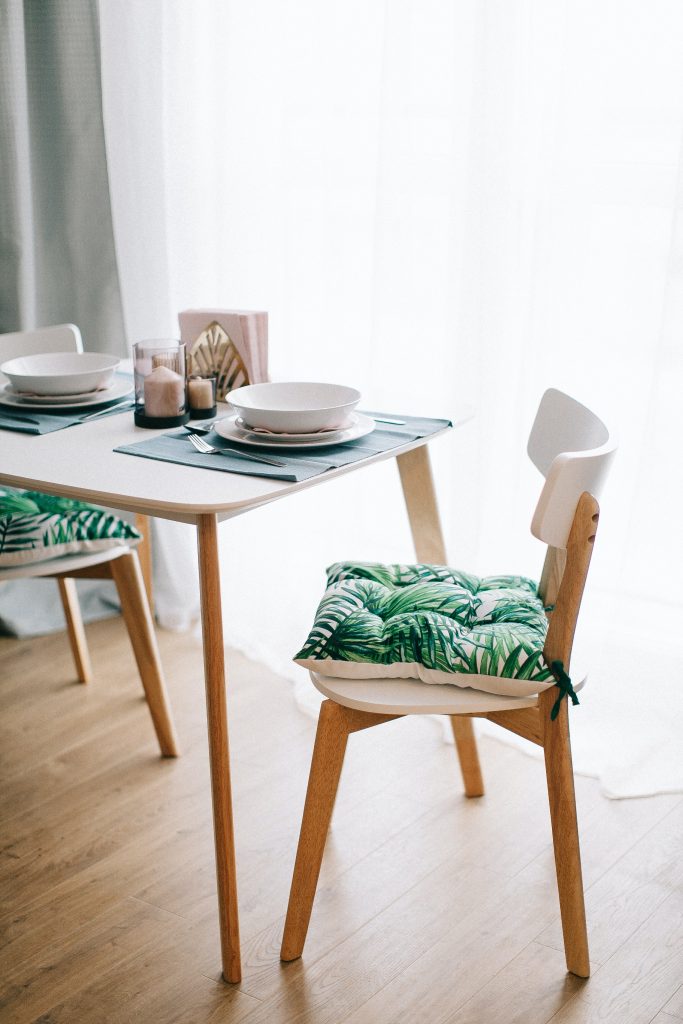Guest Post
Adding Character to Furniture: The Impact of Furniture Feet
In this article, we will explore the importance of furniture feet and delve into the various styles available, showcasing how these small yet significant features can enhance the overall appeal of your furniture.
Furniture has long been a staple in our homes, providing functionality and style. However, while many focus on the overall design, the finer details that can truly elevate a piece should be noticed. One such detail that significantly impacts the character and charm of furniture is its feet. These unassuming components not only add stability but also can transform a piece’s aesthetic completely. From delicate and elegant to robust and rustic, the choice of furniture feet can make a difference. In this article, we will explore the importance of furniture feet and delve into the various styles available, showcasing how these small yet significant features can enhance the overall appeal of your furniture.

A Deep Dive into the Different Types of Furniture Feet
Furniture feet come in various styles and can significantly impact a piece’s look and feel. From traditional and antique to modern and sleek, the type of feet chosen can enhance the character and style of furniture. For example, ornately carved feet can add a touch of elegance and sophistication to a traditional piece. In contrast, minimalist metal feet can bring a contemporary and industrial vibe to a modern design.
Moreover, furniture feet also play a practical role. They provide stability and support, ensuring the piece is balanced and secure. Different types of feet may be more suitable for certain types of furniture, depending on their weight and function. For instance, larger, sturdier feet may be ideal for heavy or bulkier pieces, while smaller, daintier feet may be better suited for lighter furniture.
In conclusion, while furniture feet may seem like a small and insignificant detail, they can significantly impact a piece’s overall look and functionality. Whether it’s providing stability or adding a touch of style, furniture feet deserve careful consideration when selecting or designing furniture.
A Step-by-Step Guide on Replacing Furniture Feet
The first step is to assess the condition of the current feet and determine if they need to be replaced. Look for any signs of damage or wear, such as cracks or wobbling. If replacement is necessary, measure the dimensions of the existing feet to ensure you purchase the correct replacements.
This step ensures a clean surface for the new feet to be attached.
Next, remove the old feet by carefully unscrewing them from the furniture. Use caution to avoid damaging the furniture itself. Once the old feet are removed, clean any debris or residue left behind. This step ensures a clean surface for the new feet to be attached.
After cleaning, it is time to install the new feet. Start by applying a small amount of wood glue or adhesive to the bottom of the new feet. Then, carefully align the feet with the existing screw holes and press them firmly into place. Allow sufficient time for the glue to dry and set before moving or using the furniture.
Replacing furniture feet is a relatively simple process that can significantly impact the overall appearance and character of your furniture. Following these step-by-step instructions, you can effortlessly add personality and style to your home.
Enhancing Durability: Proper Care and Maintenance of Furniture Feet
Proper care and maintenance of furniture feet are essential for enhancing the durability of your furniture. Furniture feet are subjected to constant wear and tear, as they bear the weight of the entire piece and often come in contact with the floor. To ensure longevity, it is crucial to inspect and maintain the condition of your furniture feet regularly.
Firstly, keeping furniture feet clean and free from dirt and debris is essential. Regularly wiping them with a damp cloth can prevent the accumulation of dust and grime. Avoid using harsh cleaning agents that may damage the feet’s finish or cause corrosion.

Additionally, check for any signs of damage or weakness in the feet. Loose or wobbly furniture feet can lead to instability, which could further damage the furniture’s overall structure. Tightening any loose screws or bolts can help maintain the stability of the feet.
Lastly, consider adding protective pads or glides to the bottom of furniture feet to prevent scratches and damage to the feet and the floor. These can help reduce friction and prevent the feet from scratching or wearing down the flooring material. Regularly replace any worn-out pads to ensure maximum protection.
By implementing these care and maintenance practices, you can significantly enhance the durability of your furniture feet, contributing to your furniture piece’s overall longevity and appeal.
P.S. – This post may contain collaborative links, all views are mine. Thank you for your support :)




























